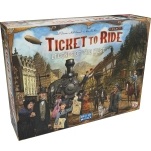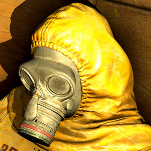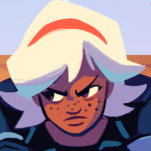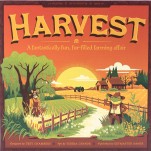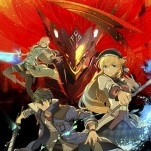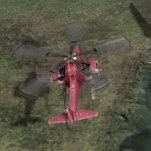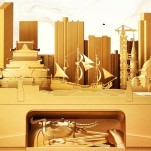New Square Enix RPG Forspoken‘s Many Pieces Just Don’t Fit Together
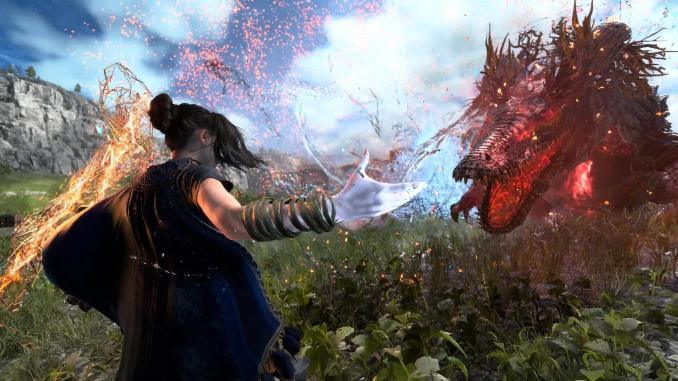
You know how sometimes you’re putting together a jigsaw puzzle and there are those pieces that somewhat fit together if you force it a bit? It’s not the exact or obvious fit, but you’ve got little to work on and so you slot them in and pray for the best until you find the actual solution. Forspoken, Square Enix’s next big RPG, is the unclear and incomplete image of a jigsaw puzzle whose solution rarely comes into focus.
Forspoken is at once a sprawling RPG, a proof-of-concept for parkour-based movement tech, a showcase of how many goddamn particles a PS5 can render, a mess of an isekai, a third-person shooter, and more. Naturally, it sags and collapses under the weight of these descriptors in what I can genuinely only describe as a rollercoaster of a journey. A slow and tumultuous climb spotlights countless of Forspoken’s stumbles before eventually giving way to enough momentum to speed right past its finer moments. Clumsy writing occasionally chances upon a golden nugget or two before burying it in heaps of annoyances, predictable beats, and awkward staging. And you know what? That’s fine.
Forspoken has been getting dragged online for months over corny dialogue and I’m here to tell you to get over it. Yeah, it sucks in some places, and in others it’s perfectly fine. Good, even. It’s scripted like a corny fantasy movie; suspend your disbelief and embrace cringe or don’t. I’ll tell you what though, this game isn’t worth crucifying. Forspoken’s greatest sin isn’t cringey dialogue, it’s that it’s fundamentally confused about what to be and how to be the best version of the various things it reaches for. It’s not that it isn’t ambitious but that it doesn’t know where to place those ambitions. And so the game ultimately feels lost, often meandering in the dark and tripping over itself in search of a conclusive answer.
The world of Athia itself and the way you interact with it are the primary victims of this lack of direction. Athia is repeatedly called beautiful and fantastical, but I couldn’t really tell in my nearly 20 hours with the game. Athia is split into sort of distinct regions that have some differences (i.e some are craggy and tout valleys where others are more lush) but they don’t sport much resembling life and/or vibrancy. Cipal, the game’s main hub, is the drabbest location I’ve ever been forced to spend time in. It is blisteringly concrete white, its architecture wholly uninspired at its best and an eyesore at its worst. You spend most of your time in it hopping back and forth between awkward conversations that seem crudely stapled together in order to resemble a side quest, and so much of the game’s early stop-and-start rhythm begins here and doesn’t entirely let up.
The world outside Cipal’s walls fares better, but that’s not saying much. It’s just kind of plain lands dotted with randomly named villages that host 20 enemies you need to kill in order to unlock some treasure chest or buff. It doesn’t look any better from the map you’re provided, which is devoid of life but filled to the brim with icons and dots that suggest there’s something to be found. I actually found it more fun to just dart around and pick random fights than engage in anything the game might dub “content.” The game’s closest thing to dungeons—called labyrinths—are just as lifeless: a series of similar hallways that lead to rooms where you fight waves of the same enemies until you fight a cracked visage of some kind of monster. Go to another and it’ll be the same. The game runs out of anything resembling meaningful content so quickly it seems like an afterthought, which may as well extend to its layout and artistic direction.
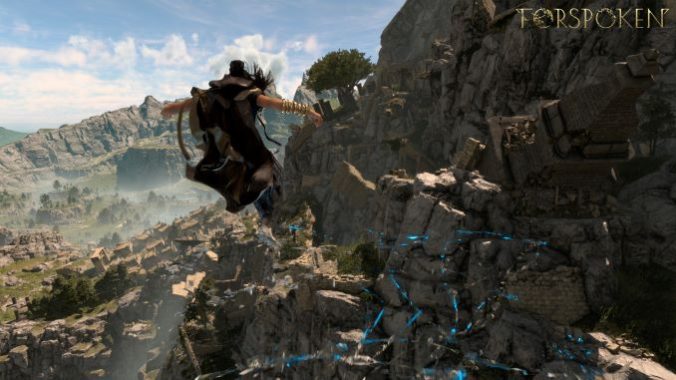
-

-

-

-

-

-

-

-

-

-

-

-

-

-

-

-

-

-

-

-

-

-

-

-

-

-

-

-

-

-

-

-

-

-

-

-

-

-

-

-
































